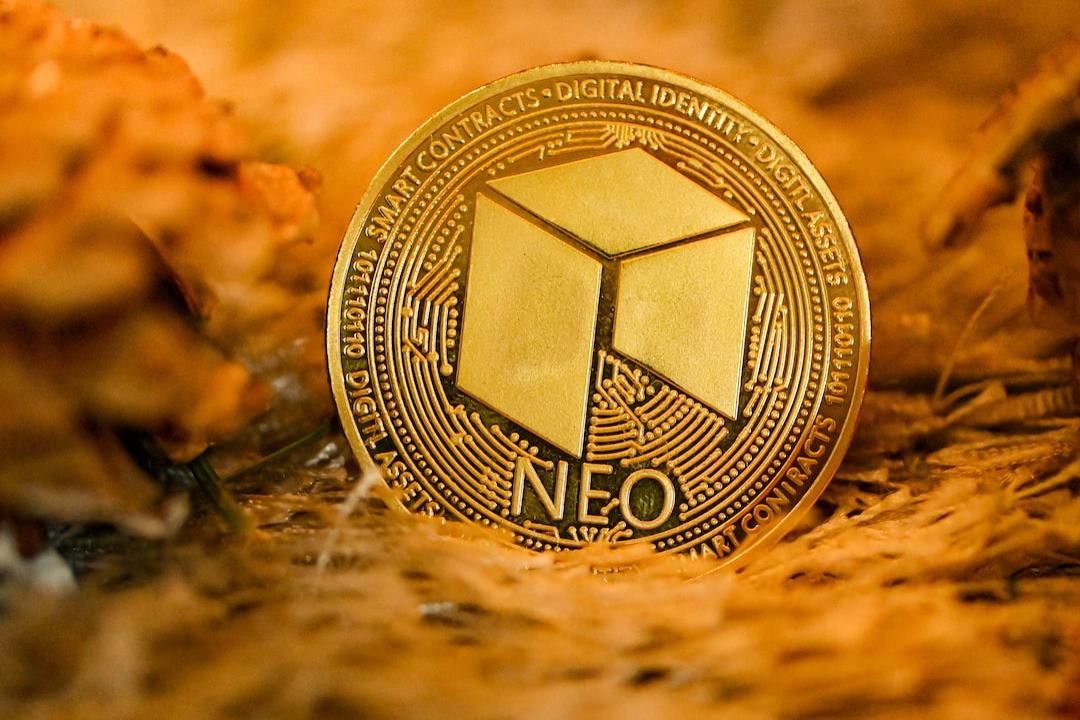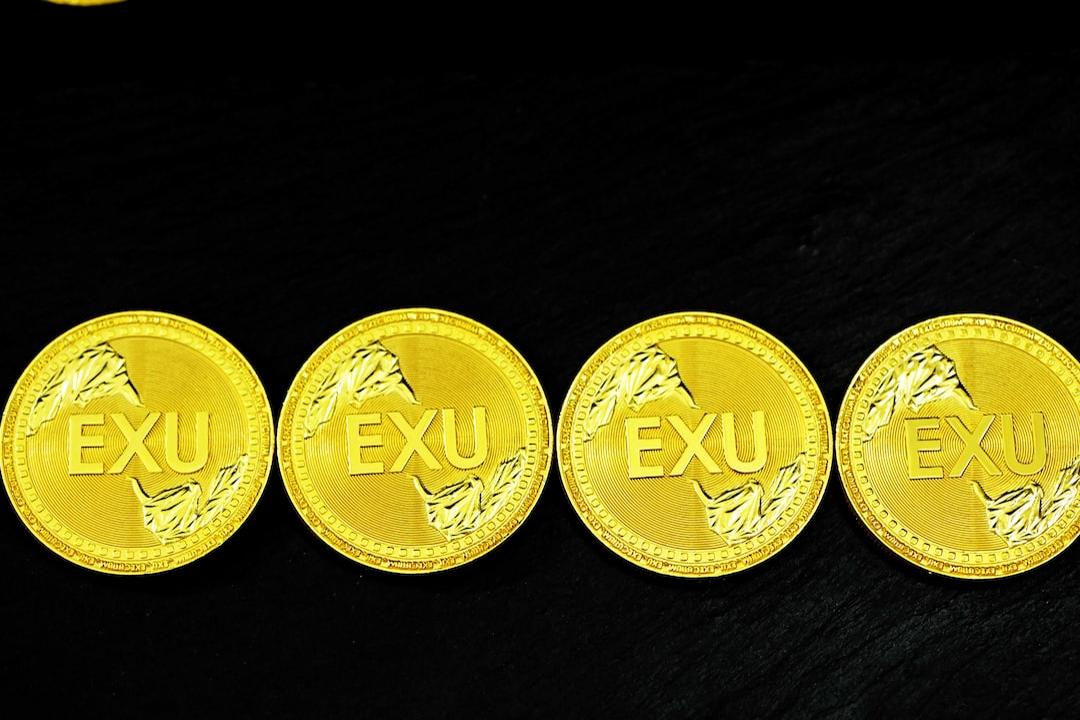Is it now fashionable for companies to put “cryptocurrency” on their financial reports to make big profits?
Hello!
Newton is renowned for discovering gravity, but in his time, he was more interested in another field: the alchemy of finance, or the pursuit of transforming lead into gold. This pursuit even led him into theological studies. Modern finance seems to echo his interests—through financial engineering, we are in an era where we can “turn lead into gold” simply by combining the right elements.
In today’s article, Saurabh provides a detailed analysis of how companies can achieve a premium on their actual value by adding cryptocurrencies to their balance sheets. Take MicroStrategy as an example; this company has quarterly revenues of just over $100 million yet holds nearly $10.9 billion worth of Bitcoin. Globally, 80 companies are exploring how to incorporate cryptocurrencies into their balance sheets. Traditional financial institutions have shown great interest in this and are paying a premium for the volatility and potential returns of such stocks.
Saurabh also analyzes the rise of convertible bonds, a financial instrument that has helped create this prosperous ecosystem, while discussing the risks involved and the companies attempting to incorporate other cryptocurrencies into their balance sheets.
Let’s get to the point!

A software/business intelligence company with quarterly revenue of just $111 million has a market capitalization of $109 billion. How is this possible? The answer is: it has bought Bitcoin with other people’s money. The market currently values its Bitcoin holdings at a premium of up to 73%. What kind of “alchemy” is behind this?
MicroStrategy (now known as Strategy) has created a financial mechanism that allows it to borrow nearly at zero cost to purchase Bitcoin. Take its $3 billion convertible bond issuance in November 2024 as an example; here’s how it works:
The company has issued convertible bonds with a 0% coupon, meaning that bondholders will not receive regular interest payments. Instead, each $1,000 bond can be converted into 1.4872 shares of Strategy stock, provided the stock price rises to $672.40 or higher before maturity.
When these bonds were issued, Strategy’s stock price was $433.80, so the stock price needs to rise by 55% for conversion to be profitable. If the stock price never reaches this level, bondholders will get back their $1,000 after five years. However, if Strategy’s stock price soars (which usually happens when Bitcoin prices rise), bondholders can convert to shares and capture the entire upside.
The cleverness of this mechanism lies in the fact that bondholders are essentially betting on Bitcoin’s performance while enjoying downside protection that comes with not directly holding Bitcoin. If Bitcoin crashes, they can still recover their principal since bonds have priority over stocks in bankruptcy liquidation. Meanwhile, Strategy can borrow $3 billion at zero cost and immediately use those funds to purchase more Bitcoin.
However, the key trigger for this mechanism is that starting from December 2026 (only two years after issuance), if Strategy’s stock price exceeds $874.12 (130% of the conversion price) for a period of time, the company can force the early redemption of these bonds. This “redemption clause” signifies that if Bitcoin drives the stock price high enough, Strategy can compel bondholders to convert to shares or redeem their funds early, allowing for refinancing under better conditions.

This strategy works because Bitcoin has achieved an average annual growth rate of about 85% over the past 13 years, with an average annual growth rate of 58% over the past five years. The company bets that Bitcoin’s growth rate will far exceed the 55% stock price increase required to trigger bond conversion. They have already proven the success of this strategy by successfully redeeming earlier issued bonds early, saving millions in interest expenses.
At the core of this structure are three different series of perpetual preferred stock: STRF, STRK, and STRD, each tailored to different types of investors.
STRF:
- Perpetual preferred stock offering a 10% cumulative dividend with the highest priority. If Strategy fails to pay dividends, the company must pay all unpaid STRF dividends before paying other shareholders. Additionally, as a penalty, the dividend rate will increase.
STRK:
- Perpetual preferred stock offering an 8% cumulative dividend with middle priority. Unpaid dividends accumulate and must be paid in full before any earnings are distributed to common stock shareholders. Additionally, STRK includes the right to convert to common stock.
STRD:
- Perpetual preferred stock offering a 10% non-cumulative dividend with the lowest priority. The higher dividend rate compensates for the greater risk—if Strategy skips a payment, those dividends are forever lost and not required to be compensated.

Perpetual preferred stock enables Strategy to raise capital similar to equity while paying perpetual dividends akin to bonds. Each series has been custom-designed according to the risk preferences of investors. The cumulative dividend feature protects holders of STRF and STRK, ensuring they ultimately receive all unpaid dividends, while STRD offers higher current yields without safeguards for unpaid dividends.

Strategy’s Report Card
MicroStrategy has been raising funds to buy Bitcoin since August 2020. Since then, the price of Bitcoin has skyrocketed from $11,500 to $108,000, an increase of approximately nine times. Meanwhile, MicroStrategy’s stock price has risen from $13 to $370, almost a 30-fold increase.

It is notable that MicroStrategy’s regular business has not seen any growth. Their quarterly revenue remains consistent at between $100 million and $135 million, completely unchanged from the past. The only difference is that they borrowed money to buy Bitcoin. Currently, they hold 582,000 Bitcoins, valued at about $63 billion. Their stock market capitalization is about $109 billion, which is 73% higher than the actual value of their Bitcoin. Investors are willing to pay a premium just to indirectly hold Bitcoin through MicroStrategy’s stock.

Image /bitcointreasuries.net
As previously mentioned, MicroStrategy funds its Bitcoin purchases through the issuance of new shares. Since they began buying Bitcoin, the number of company shares has nearly tripled, increasing from 95.8 million shares to 279.5 million shares, a growth of 191%.

Image /MicroStrategy documents
Typically, issuing such a large number of new shares would harm existing shareholders, as everyone’s stake in the company would be diluted. However, despite the share count increasing by 191%, the stock price has soared by 2,900%. This means that although shareholders own a smaller proportion of the company, the value per share has significantly increased, and overall, they are still profiting.
The Success Model of MicroStrategy Gains Popularity
Many companies are beginning to emulate MicroStrategy’s successful model of holding Bitcoin as a corporate asset. One recent example is Twenty One (XXI). This is a special purpose acquisition company (SPAC) led by Jack Mallers, backed by Cantor Fitzgerald (the son of the U.S. Secretary of Commerce, Brandon Lutnick), Tether, and SoftBank. Unlike MicroStrategy, Twenty One is not publicly listed. The only way to participate in the public market is through Cantor Equity Partners (CEP), which exchanged $100 million for a 2.7% stake in XXI.
Twenty One holds 37,230 Bitcoins. Since CEP owns 2.7% of Twenty One, this effectively means CEP controls about 1,005 Bitcoins (valued at approximately $108,000 each, amounting to about $108.5 million).
However, CEP’s stock market valuation has reached $486 million, which is 4.8 times its actual Bitcoin value! After the announcement of its Bitcoin association, CEP’s stock price skyrocketed from $10 to approximately $60.
This enormous premium means that investors paid $433 million for $92 million worth of Bitcoin exposure. As more similar companies emerge and increase their Bitcoin holdings, market forces will eventually bring these premiums back to more reasonable levels, although no one currently knows when this will happen or what the “reasonable level” is.
An obvious question arises: why do these companies have a premium? Why are investors willing to pay a premium for these companies’ stocks instead of directly buying Bitcoin from the market for exposure? The answer may lie in “optionality.” Who is financing MicroStrategy’s Bitcoin purchases? Primarily those hedge funds seeking “risk-free arbitrage” (delta-neutral strategies).
Careful consideration reveals that this transaction is very similar to Grayscale’s Bitcoin Trust (GBTC). In the past, Grayscale’s Bitcoin Trust also traded at a premium above Bitcoin, as it is a closed-end fund (investors cannot withdraw Bitcoin until it is converted into an ETF).
As a result, investors would deposit Bitcoin into Grayscale and sell their publicly traded GBTC shares. As previously mentioned, MicroStrategy’s bondholders can enjoy an annualized compound growth rate (CAGR) of over 9%.

But how significant is this risk? MicroStrategy’s annual interest burden totals $34 million, while its gross profit for the fiscal year 2024 is $334 million, which is sufficient to cover its debt. MicroStrategy issued convertible bonds tied to Bitcoin’s four-year cycle, with a maturity long enough to mitigate the risk of price declines. Therefore, as long as Bitcoin rises more than 30% over four years, the new stock issuance can easily cover the redemption costs.
When redeeming these convertible bonds, MicroStrategy can simply issue new shares to bondholders. Bondholders will receive payments based on the reference stock price at the time of issuance, which is approximately 30-50% higher than the stock price when the bonds were issued. This only becomes a problem if the stock price falls below the conversion price. In this case, MicroStrategy must return cash, which can be done by raising a new round of debt on more favorable terms or by selling Bitcoin to raise cash.
Value Chain
This process apparently begins with the company attempting to acquire Bitcoin, but eventually, they employed exchanges and custody services. For instance, MicroStrategy is a client of Coinbase Prime, purchasing Bitcoin through Coinbase and storing Bitcoin at Coinbase Custody, Fidelity, and its own multi-signature wallets. While it is difficult to accurately estimate how much Coinbase earns from MicroStrategy’s Bitcoin execution and storage, we can make some educated guesses.
Assuming exchanges like Coinbase charge a fee of 5 basis points for executing over-the-counter trades representing MicroStrategy’s Bitcoin purchases, purchasing 500,000 Bitcoins at an average execution price of $70,000 would yield them $17.5 million from execution. Bitcoin custodians charge an annual fee of between 0.2% and 1%. Assuming the lower end of the range, storing 100,000 Bitcoins at a price of $108,000 would earn the custodian $21.6 million annually for storing Bitcoin for MicroStrategy.
Beyond BTC
So far, financial instruments designed to provide exposure to Bitcoin (BTC) in capital markets have performed well. In May 2025, SharpLink raised $425 million through a PIPE financing round led by ConsenSys founder Joe Lubin, who also became the company’s executive chairman. This financing issued approximately 69 million new shares at a price of $6.15 per share, and the funds will be used to purchase about 120,000 Ethereum (ETH), potentially participating in staking thereafter. Currently, staking is not allowed for ETH exchange-traded funds (ETFs).
This financial instrument offering a 3%-5% yield is more attractive than ETFs. Prior to this announcement, SharpLink’s stock price was $3.99, with a market capitalization of about $2.8 million and only 699,000 shares outstanding. The issuance price of this financing was at a 54% premium to the market price. After the news was announced, its stock price briefly soared to $124.
It is noteworthy that the newly issued 69 million shares are equivalent to approximately 100 times the current number of outstanding shares.
Another company, Upexi, plans to acquire over 1 million Solana (SOL) before the fourth quarter of 2025 while maintaining cash flow neutrality. This plan began with a private placement financing round led by GSR, raising $100 million by selling 43.8 million shares. Upexi expects to pay preferred stock dividends through staking yields of 6%-8% and maximum extractable value (MEV) rebates, providing self-funded resources for future SOL purchases. On the day the news was released, its stock price surged from $2.28 to $22, later closing at around $10.
Before the financing, Upexi had 37.2 million shares outstanding, so the newly issued shares resulted in about 54% dilution for existing shareholders, but the stock price’s near 400% surge was sufficient to offset the losses from dilution.
Sol Strategies is another company that has financed the purchase of SOL through capital markets. The company operates Solana validation nodes, with over 90% of its income coming from staking rewards. Currently, the company has staked 390,000 SOL, with about 3.16 million SOL entrusted to its nodes by third parties. In April 2025, Sol Strategies reached a convertible bond agreement with ATW Partners to secure a financing limit of up to $500 million, with the first $20 million used to purchase 122,524 SOL.
Recently, Sol Strategies submitted a shelf registration statement, planning to refinance $1 billion through common stock (including “at-the-market issuances”), warrants, purchase receipts, units, debt securities, or any combination thereof. This provides the company with diversified financing flexibility.
Unlike MicroStrategy’s convertible bond model, SharpLink and Upexi finance through direct issuance of new shares. I believe MicroStrategy’s model is more suited for a different target investor group. Investors seeking indirect exposure through purchasing stocks rather than directly buying ETH or SOL need to assume additional risks, such as intermediaries potentially leveraging beyond the investors’ risk tolerance. Therefore, unless there are additional value-added services, it is more reasonable to adopt the convertible bond model with sufficient operational profit buffers to cover interest payments.

When the Music Stops
These convertible bonds are primarily aimed at hedge funds and institutional bond traders seeking asymmetric risk-return opportunities, rather than retail investors or traditional equity funds. From their perspective, these financial instruments offer the option of “big wins when you win, limited losses when you lose,” which aligns well with their risk management framework. If Bitcoin achieves the expected 30%-50% increase within two to three years, they can choose to convert the bonds; if the market performs poorly, they can still recover 100% of their principal, although they may lose some value due to inflation.
The advantage of this structure is that it addresses real issues faced by institutional investors. Many hedge funds and pension funds lack the infrastructure to directly hold cryptocurrencies or cannot directly purchase Bitcoin due to investment restrictions. These convertible bonds provide them with a compliant “backdoor” into the crypto market while maintaining the downside protection required for fixed-income assets.
However, this advantage is destined to be temporary. As regulations become clearer and more direct crypto investment tools (such as custody solutions, regulated exchanges, and clearer accounting standards) emerge, the demand for these complex detours will gradually decrease. The 73% premium investors currently pay to gain Bitcoin exposure through MicroStrategy may shrink with the emergence of more direct alternatives.
We have seen similar situations before. In the past, opportunistic managers exploited the premium of Grayscale Bitcoin Trust (GBTC)—buying Bitcoin and depositing it into Grayscale’s trust, then selling GBTC shares on the secondary market at a premium of 20%-50% above net asset value (NAV). However, as more people began to imitate this strategy, by the end of 2022, the premium of GBTC shifted from a peak to a record discount of 50%. This cycle indicates that without sustainable income support for repeated refinancing, stock plays backed by cryptocurrencies will ultimately be arbitraged by the market.
The key question is, how long can this situation last, and who can stand firm when the premium collapses? Companies with strong business fundamentals and conservative leverage ratios may withstand this transformation, while those lacking durable income sources or competitive moats, merely chasing cryptocurrency assets, may face sell-offs due to dilution when the speculative frenzy fades.
For now, the music is still playing, and everyone is dancing. Institutional capital is pouring in, premiums are expanding, and more companies announce Bitcoin and cryptocurrency asset strategies weekly. However, savvy investors know this is a trade, not a long-term investment logic. The companies that can survive will be those that create lasting value beyond their cryptocurrency holdings by leveraging this window.
The transformation of corporate financial management may be permanent, but the extraordinary premiums we see today are not. The question is, are you ready to profit from this trend, or are you just another player hoping to find a seat when the music stops?
This article is collaboratively reprinted from: Deep Tide

